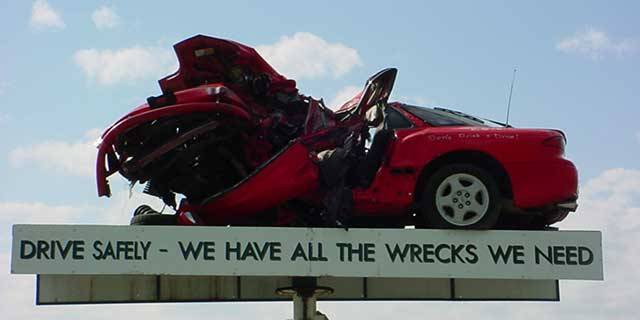Let’s be honest—most of us have driven past salvage yards and not given them a second thought. Just a fenced-off patch of land filled with rusty used car parts and metal scraps, right? Well, not quite. Salvage yards, also known as junkyards, wrecking yards, or auto recyclers, have played a surprisingly important role in American industry, culture, and sustainability. In fact, their roots stretch back over a century, and their evolution tells a story of innovation, resourcefulness, and a whole lot of elbow grease.
We are All Import Auto Parts, serving the Great Fort Worth Metro area with reliable and affordable used auto parts. Call us today for your next DIY car repair project.
The Early Days: Waste Not, Want Not
Salvage yards got their unofficial start in the late 1800s and early 1900s, around the time when the Industrial Revolution was really hitting its stride in the U.S. Back then, cars were still a luxury, and metal was precious. People didn’t just toss things out—they repaired, repurposed, and reused almost everything. So naturally, businesses popped up to collect old or broken items and sell off whatever parts still had life in them.
In cities like New York, Chicago, and Detroit, small-time entrepreneurs began gathering scrap metal, broken machinery, and discarded vehicles. What couldn’t be reused was melted down and sold for its raw materials. These early salvage operations were more like “general recycling shops” than the auto-focused salvage yards we know today.
The Rise of the Automobile
As cars became more affordable in the 1920s and 1930s—thanks to mass production lines like Henry Ford’s—the salvage yard business started to shift gears. Suddenly, there were thousands of cars on the roads…and eventually, thousands of cars that broke down or were wrecked beyond repair.
That’s when the modern auto salvage yard really started to take shape. Businesses began specializing in collecting junked cars, stripping them for usable salvage parts, and selling those parts to mechanics and DIY repair folks. This was a win-win: it was cheaper than buying new parts, and it kept a lot of material out of landfills.
War-Time Efficiency with Salvage Yards
World War II gave the salvage yard industry another big boost. With wartime rationing and material shortages, Americans were encouraged to recycle everything—including rubber, metal, and machinery. Salvage yards became essential for collecting scrap that could be repurposed for the war effort. Old car parts, aluminum from appliances, copper wiring—you name it, it got salvaged and reused.
Uncle Sam even promoted “salvage drives,” encouraging communities to contribute whatever they could. Salvage yards worked overtime to meet demand, and their importance was cemented in the public eye.
Post-War Boom and Specialization
After WWII, America saw a massive economic and population boom. Car ownership soared, and with it came an explosion of salvage yard businesses. Many yards became more specialized—some focused solely on domestic vehicles, others on imports. Some stuck to mechanical parts like engines and transmissions, while others branched into body panels, bumpers, or interiors.
This is also when you started to see the “pick-and-pull” model—yards where customers could walk in with their toolbox, find the car they needed parts from, and pull the pieces themselves. It was cheap, hands-on, and oddly satisfying.
Environmental Awareness and Regulation
By the 1970s and ’80s, concerns about pollution and waste started to change the landscape. Salvage yards were now being scrutinized for potential environmental hazards—like leaking oil, coolant, or battery acid. As a result, regulations tightened, and yards had to adopt better environmental practices.
At the same time, auto manufacturers began designing vehicles with more complex and less interchangeable parts, which changed how salvage yards operated. It became more important to inventory parts and manage data, leading many yards to digitize their operations in the 1990s and 2000s.
Salvage Today
Fast forward to today, and salvage yards are still a critical part of the automotive ecosystem. Many have gone high-tech, with online inventory systems, nationwide part searches, and even e-commerce options for shipping parts directly to your door. Some yards focus on hybrid and electric vehicles, while others deal in classic cars or even rare imports.
What hasn’t changed is the spirit of salvage: making the most of what we’ve got, saving money, and keeping useful materials out of the landfill. Whether you’re restoring an old Mustang or just trying to fix your daily driver on a budget, salvage yards continue to be a treasure trove of value—and history.
A final word about All Import Auto Parts
Locally owned and operated . . . in fact, family owned and operated for over thirty years, and that should tell you all you need to know about our reputation among Fort Worth residents. Call us today and ask us about our industry-best used car parts warranty.


